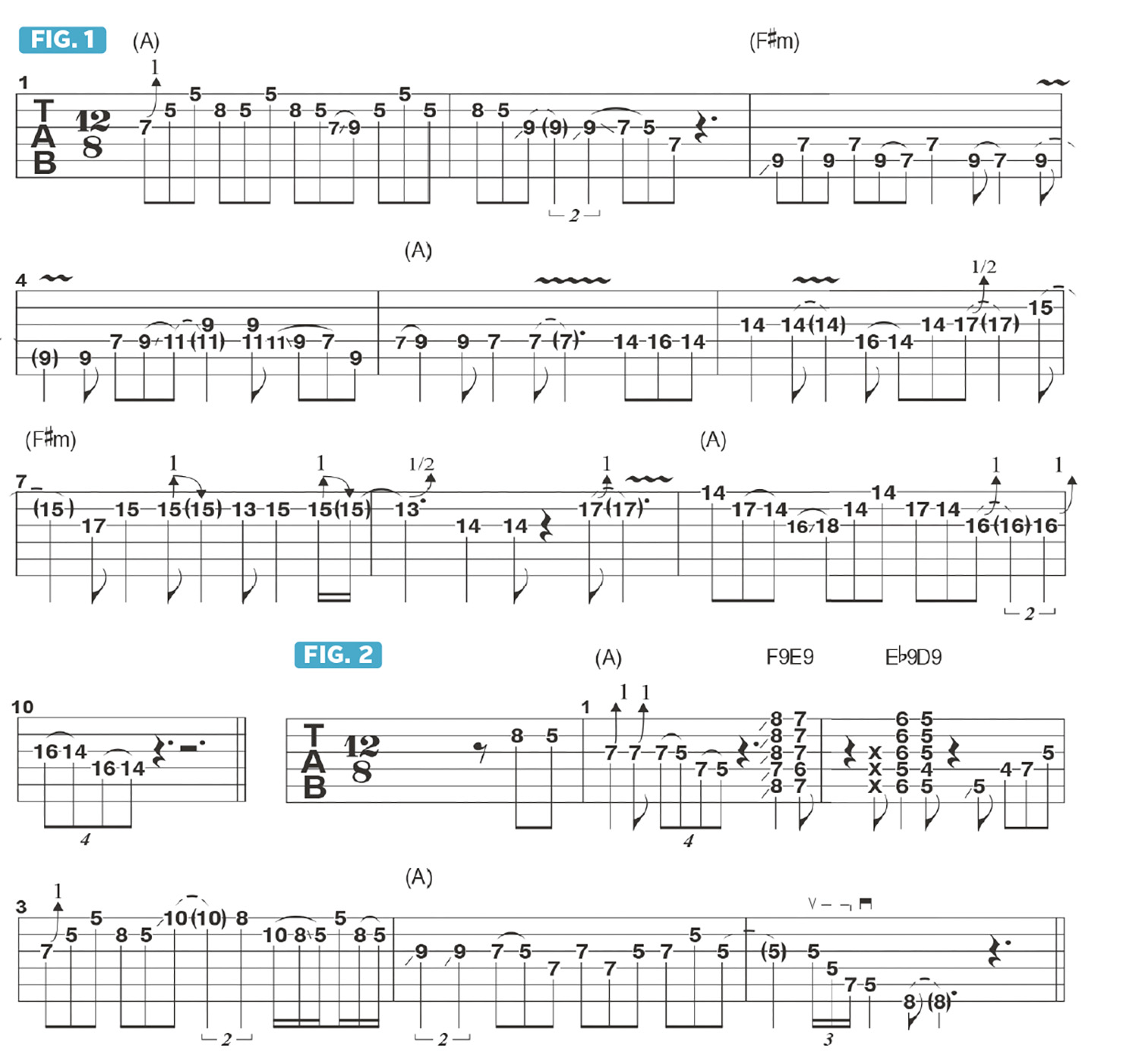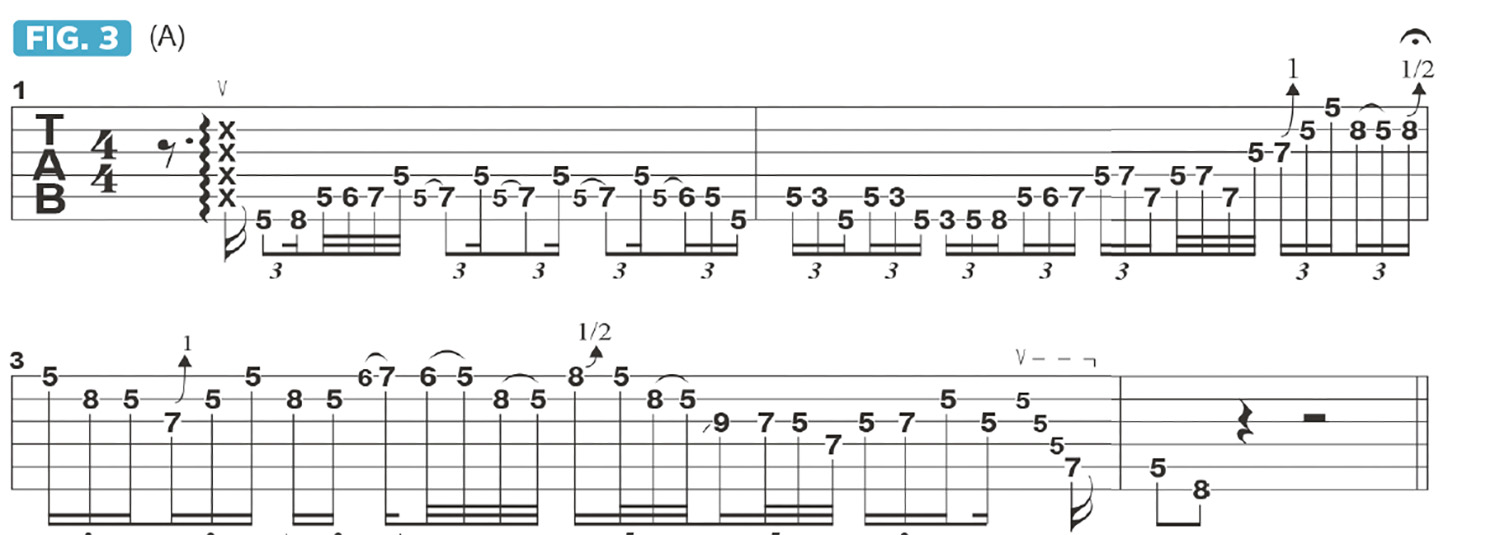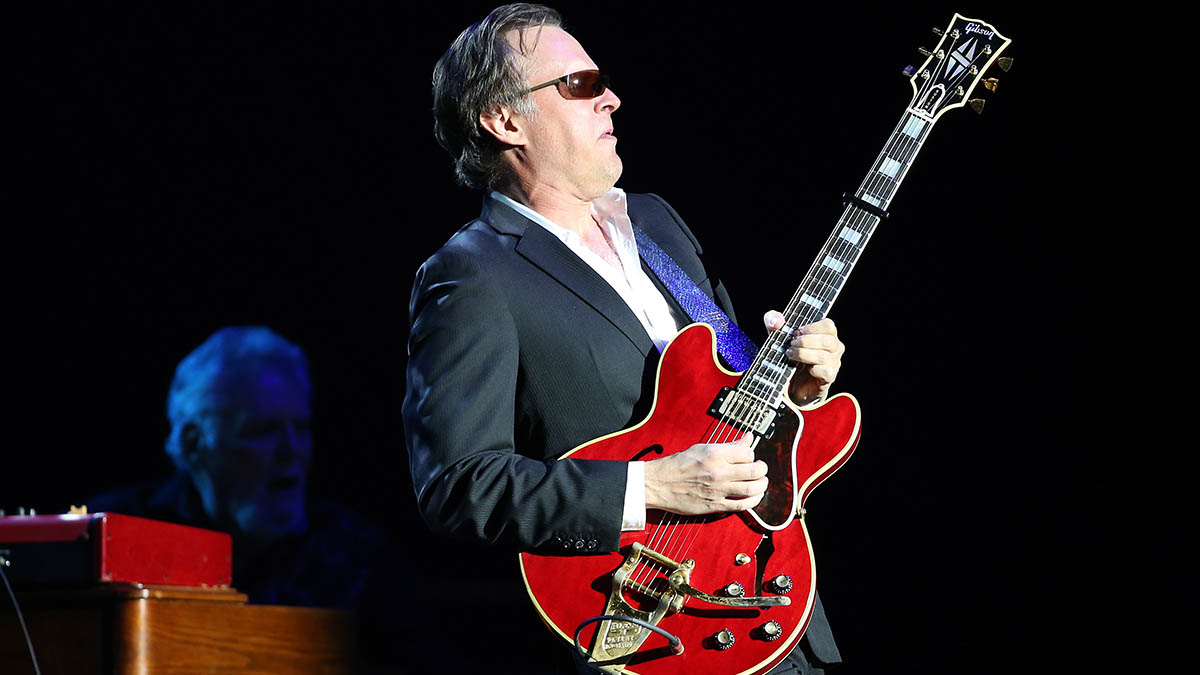“The first time I saw Ronnie, he was playing a Strat through two Super Reverbs – the sound was larger than life”: Joe Bonamassa reaches for his dream guitar to dissect the brilliance of East Coast blues great Ronnie Earl
The Howard A. Reed 1955 black Fender Stratocaster is put through its paces once more in tribute to one of blues guitar's GOATs
In my last column, I discussed one of the most cherished instruments in my collection, the Howard A. Reed 1955 black Fender Stratocaster that was featured as the “Collector’s Choice” centerfold in Guitar World back in 1988. For this 11-year-old, it was love at first sight.
Years later, in 2013, the guitar went up for sale at Gruhn’s in Nashville, and I had the opportunity to buy my dream guitar. And it sounds phenomenal, exactly the way anyone would want a ’50s maple-board Strat to sound – bright, clear, and punchy but with lots of body and warmth.
All of these qualities make it the perfect choice for paying tribute to one of my blues guitar heroes, the great Ronnie Earl. As I mentioned last time, Ronnie comes from what I call the “East Coast blues” school, which has a unique vibe and is predominantly built from a Strat sound.
For my latest record, Blues Deluxe Vol. 2, we recorded a cover of I Want to Shout About It, which Ronnie cut for his 1990 album, Peace of Mind. Ronnie plays in the classic blues style of T-Bone Walker and B.B. King, relying on a very clean tone with the Strat toggle switch set in the #4 position, wedged between the neck and middle pickup setting, so that both pickups will sound.
The first time I saw Ronnie, back in 1990, he was playing a blonde maple-fingerboard Strat through two Super Reverbs, and the sound was clean and larger than life!

Figure 1 presents 10 bars of soloing in Ronnie’s style: the example is in 128 meter, with three eighth notes per beat, resulting in a triplet-oriented phrasing feel. The lines in bars 1 and 2 are based on the A minor pentatonic scale (A, C, D, E, G). Notice that on beat 3 of bar 1 and beat 1 of bar 2 I slide up from D to E on the G string instead of bending the string.
Throughout the remainder of this example, I make use of the brighter-sounding A major pentatonic scale (A, B, C#, E, F#). This scale works well for soloing over the A - F#m chord progression, as the notes of A major pentatonic are the same as those of F# minor pentatonic (F#, A, B, C#, E). Notice also that I accentuate the root note of each chord as it arrives.
A hallmark of Ronnie’s style is his use of pull-offs, as exemplified in Figure 2, along with slides up and down the strings. Ronnie also likes to incorporate reverse rakes, for which the pick is dragged upward across several strings in a single upstroke motion.

In Figure 3, I begin with a reverse rake in bar 1 and then bring in another reverse rake at the end of bar 3.
When performing a reverse rake, a cool “trick” is to pick behind the bridge pickup, in that little space between the pickup and the bridge saddles. The strings are the most taut in this area, and picking here will create a very bright, “twangy” tone with lots of bite. By comparison, picking the strings between the end of the fretboard and the neck pickup will yield a much mellower, rounder, bassier tone.
- Blues Deluxe Vol. 2 is out now via J&R Adventures.
Get The Pick Newsletter
All the latest guitar news, interviews, lessons, reviews, deals and more, direct to your inbox!
Joe Bonamassa is one of the world’s most popular and successful blues-rock guitarists – not to mention a top producer and de facto ambassador of the blues (and of the guitar in general).
“There are so many sounds to be discovered when you get away from using a pick”: Jared James Nichols shows you how to add “snap, crackle and pop” to your playing with banjo rolls and string snaps
Don't let chord inversions bamboozle you. It's simply the case of shuffling the notes around








![Joe Bonamassa [left] wears a deep blue suit and polka-dotted shirt and plays his green refin Strat; the late Irish blues legend Rory Gallagher [right] screams and inflicts some punishment on his heavily worn number one Stratocaster.](https://cdn.mos.cms.futurecdn.net/cw28h7UBcTVfTLs7p7eiLe.jpg)


